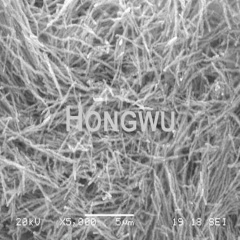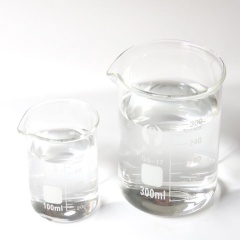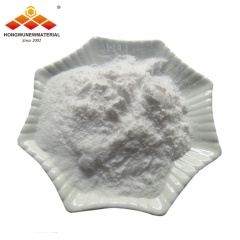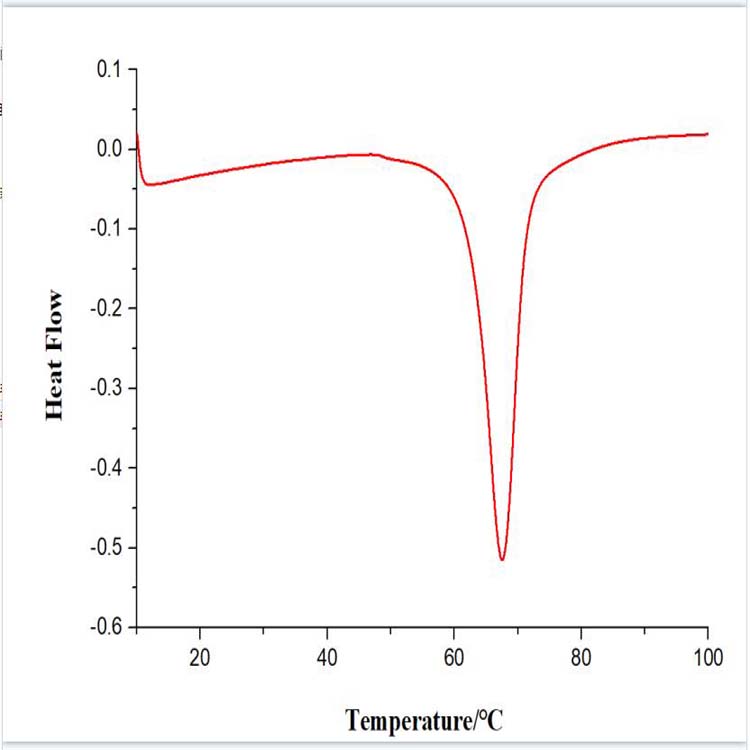Thermochromism refers to the phenomenon where a material undergoes color changes under temperature changes. This change is usually caused by changes in the electronic or molecular structure of the material. Its application principle mainly involves the following aspects:
1. Molecules in thermochromic materials undergo structural or electronic energy level changes when heated, resulting in changes in the absorption or reflection of specific wavelengths of light. This change can be achieved by changing the interactions between molecules, changing orientation or conformation, and so on.
2. The color change in thermochromic materials can be driven by changes in chemical reactions, physical phase transitions, or interactions caused by temperature. For example, certain materials undergo oxidation or reduction reactions at high temperatures, resulting in color changes.
3. Thermochromic materials usually contain pigments or dyes that can absorb specific wavelengths of light. When the material is heated, the absorbed light changes, causing a change in color.
4. The color change of thermochromic materials may be related to their thermal conductivity energy. After the material is heated, the conduction of thermal energy will cause a change in the temperature distribution in the material, leading to a change in color.
Thermochromic materials have a wide range of applications, including temperature sensors, thermal imaging, optical modulators, direct thermal printing, and other fields. By utilizing the characteristics of thermochromic materials, temperature changes can be visualized and monitored, as well as signal modulation and functional control in optical and optoelectronic applications. Here are some common thermochromic materials:
1. Lithium titanate: Lithium titanate materials exhibit a transparent state at high temperatures, but undergo phase transitions and exhibit color at lower temperatures due to changes in their crystal structure that alter the absorption and scattering characteristics of light.
2. Barium titanate(BaTiO3): Barium titanate materials appear black at high temperatures, but undergo a phase transition to a transparent state when heated, due to changes in the electronic population state in their structure. This material is widely used in fields such as optical devices and thermal control windows.
3. Vanadium oxide(VO2): Vanadium oxide materials exhibit a deep blue color at high temperatures, but turn yellow to colorless at lower temperatures. This is due to changes in the distribution of charges and electronic states inside the material.
The principle of these thermochromic materials is based on their temperature response properties of crystal structure, electronic population state, or charge distribution. When heated, the structure or electronic state of the material changes, causing a change in the characteristics of absorbing or scattering light, resulting in a change in color. This principle is applied in fields such as smart windows, temperature sensors, and optical adjustment devices.
For thermochromic materials, Hongwu Nano also offer some thermochromic nanopowder. If you are interested in it, please feel free to contact us for more information.


 English
English français
français Deutsch
Deutsch русский
русский italiano
italiano español
español português
português 日本語
日本語 한국의
한국의 Türkçe
Türkçe
















 8620-87226359,8620-87748917
8620-87226359,8620-87748917

